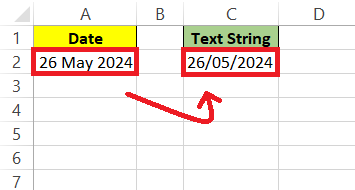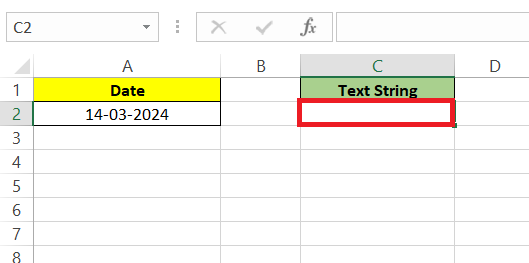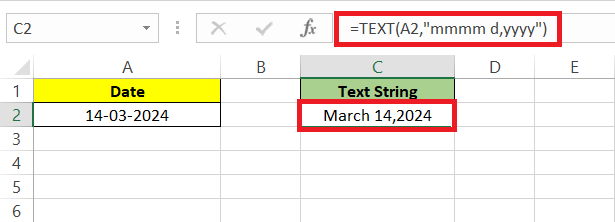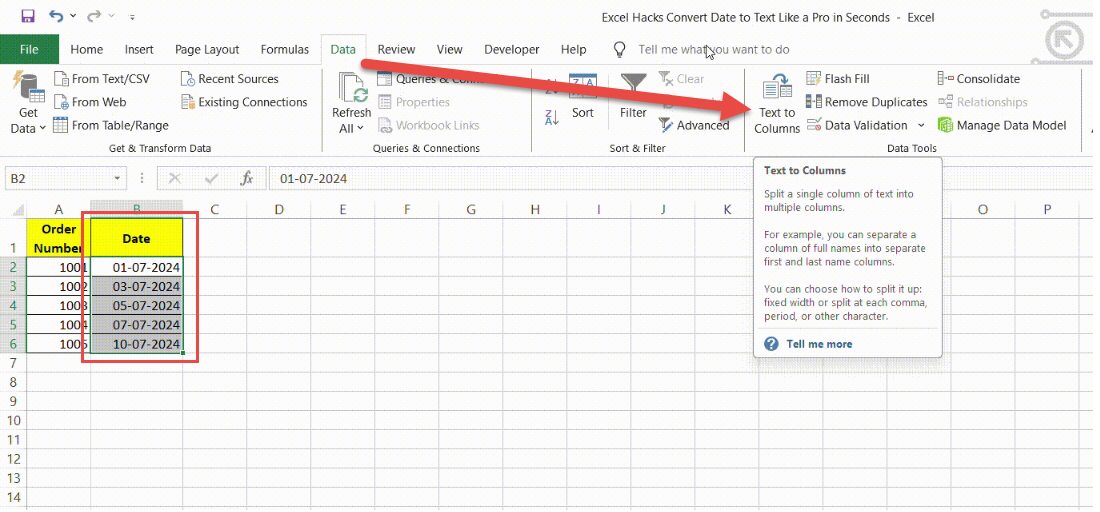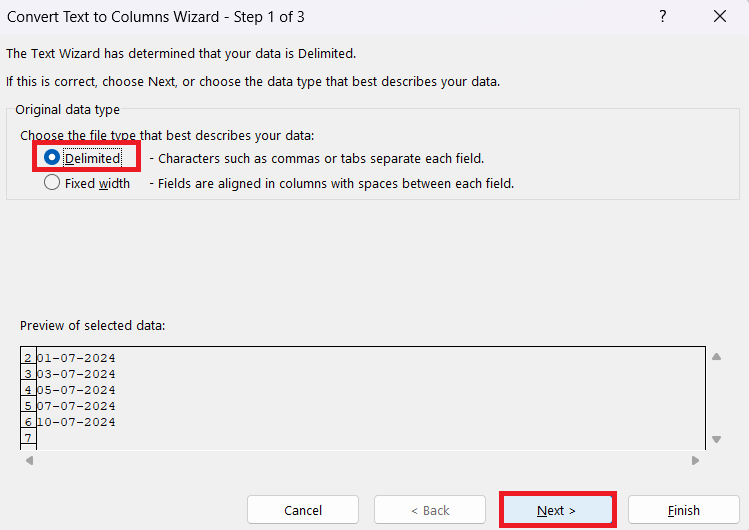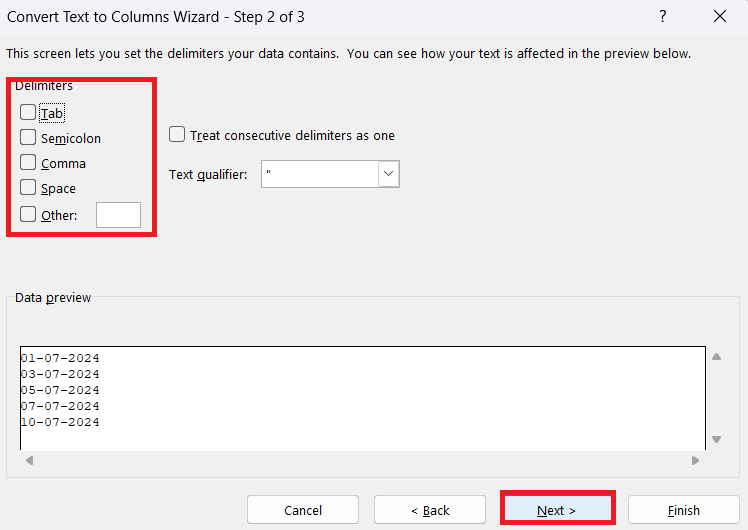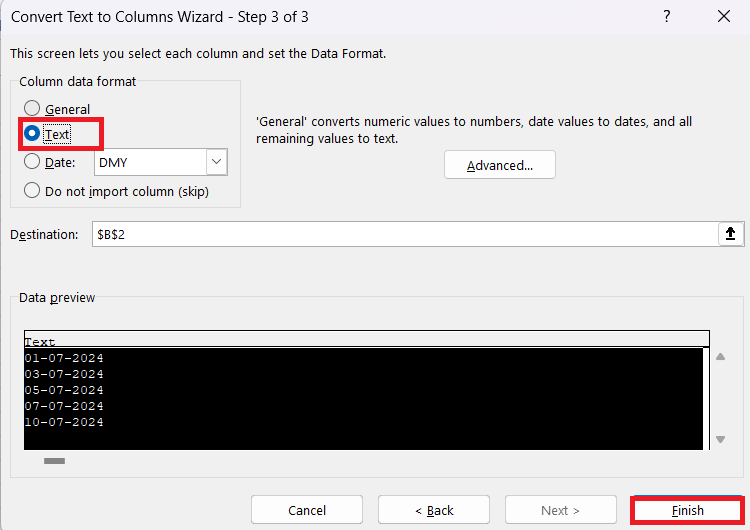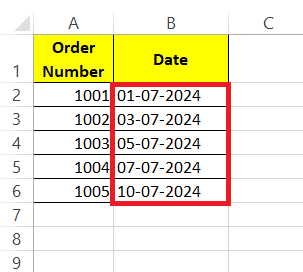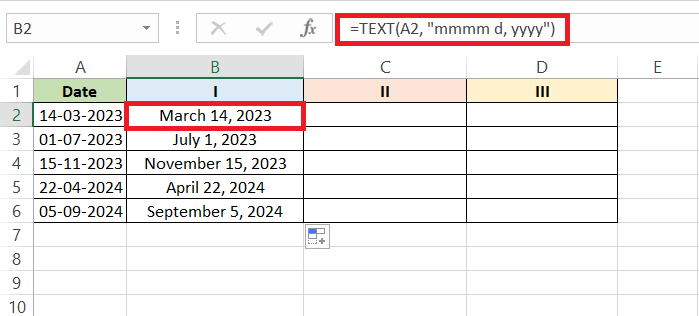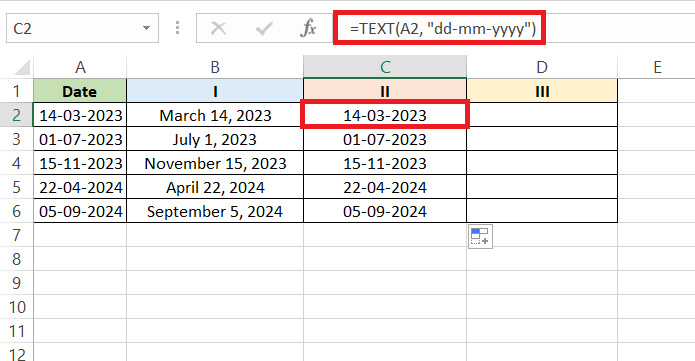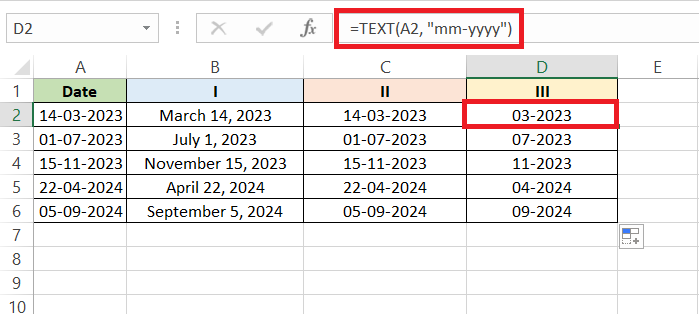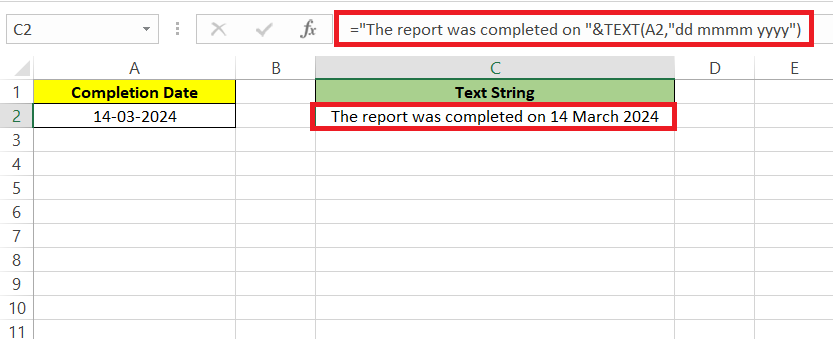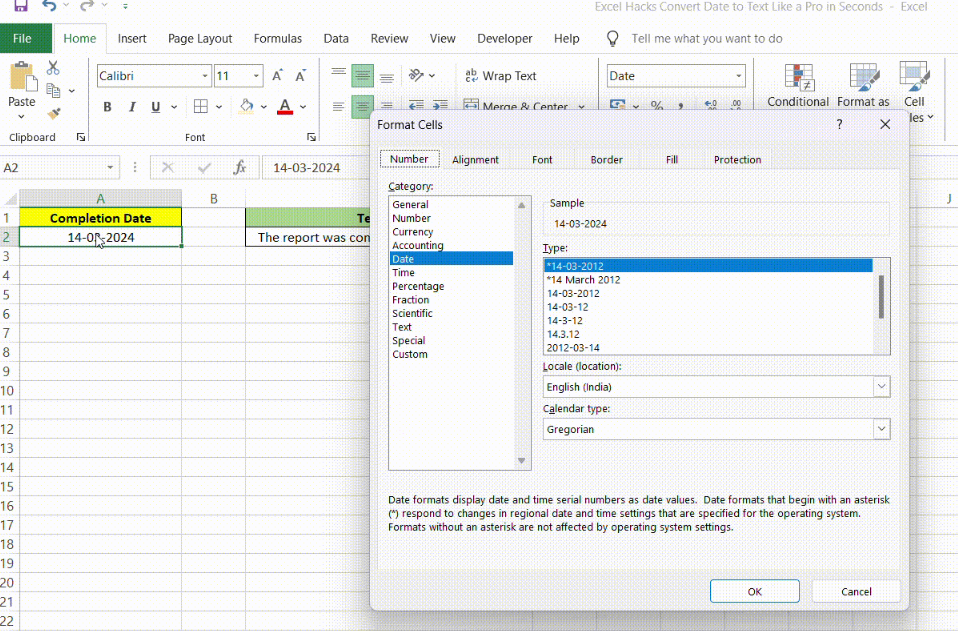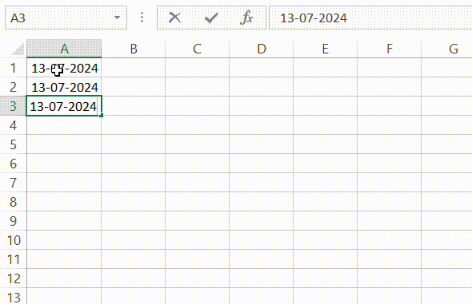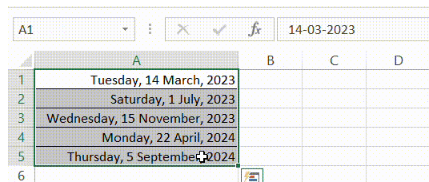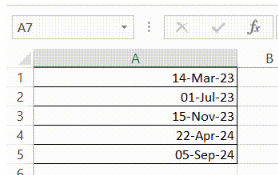When working with Microsoft Excel, you often encounter various data types, including dates. Converting these dates to text is essential for maintaining accuracy and ensuring consistency across different systems, especially when sharing data globally. This conversion not only prevents misinterpretation but also streamlines data formatting, making it easier to manage large datasets. By mastering quick conversion techniques, you can enhance your productivity, allowing more time for data analysis and strategic tasks.
Key Takeaways:
- Importance of Conversion: To convert date to text prevents misinterpretation and ensures consistency in data sharing across different systems.
- Productivity Boost: Quick date-to-text conversions save time and reduce manual errors, enhancing overall efficiency.
- TEXT Function Utility: The TEXT function allows customization of date formats, providing flexibility to meet regional or project-specific needs.
- Text to Columns Wizard: This powerful tool can rapidly convert date formats for large datasets, ensuring uniformity without repetitive formulas.
- Preventing Data Loss: Always back up data before conversions to maintain integrity and prevent accidental loss during the formatting process.
Table of Contents
Introduction to Excel Date and Text Manipulation
Why Convert Date to Text Matters in Excel
When working with Excel, you often encounter a variety of data types, including dates. While the default date format is convenient, there are times when converting those dates to text becomes quintessential for accuracy and interoperability. It allows you to communicate information without ambiguity, ensuring that recipients interpret your data just as you intend.
Imagine sharing a dataset with colleagues around the globe, where date formats often vary – this is where converting dates to text matters most. It’s not just about preserving the formatting; it’s about making sure the data remains consistent and error-free across different systems and users.
How Quick Conversion Can Boost Your Productivity
Quick conversion of dates to text in Excel is not just a neat trick; it’s a productivity booster. When they streamline this process, they limit the chance of manual errors and save considerable time which can be channeled into analyzing the data rather than prepping it.
Consider this: preparing a report with hundreds of date entries can be daunting. Now, if they convert those dates to a text format with just a few clicks, they simplify the process of formatting, sorting, and aligning with other text data. This swift manipulation of data enhances efficiency, allows them to meet deadlines faster, and helps maintain their focus on the tasks that require their strategic attention.
Excel Hacks for Instant Date-to-Text Conversion
Utilizing the TEXT Function for Date Formatting
The TEXT function in Excel is your go-to tool for customizing how dates appear in your spreadsheets. This function offers them versatility, allowing them to display dates in any text format they choose, whether it’s “dd/mm/yyyy”, “mm-dd-yyyy”, or even “dddd, mmmm d, yyyy.
Using this function is relatively straightforward: they input the value they want to change, then specify the desired format within quotations. This makes it especially useful when one wants to present data in a way that aligns with regional preferences or project-specific requirements.
STEP 1: Select the cell where you want to convert the date into text string.
STEP 2: Now, type to convert the cell date value to the format “March 14, 2023”, simply type =TEXT(A1, "mmmm d, yyyy"), where A2 is the cell with the date value.
Mastering the ‘Text to Columns’ Wizard for Rapid Changes
The ‘Text to Columns‘ wizard in Excel is a powerful feature that helps them make rapid changes to their data’s format, particularly useful when dealing with large datasets.
STEP 1: Simply select the range of dates they wish to convert, delve into the Data tab, tap on ‘Data Tools’, and choose ‘Text to Columns’.
STEP 2: This wizard is not only meant for splitting text but can also help them transform date formats encase. In the wizard, select Delimited, then click Next.
STEP 3: Skip delimiters by unchecking all options and proceed by clicking Next again.
STEP 4: Set the Column Data Format to Text, pick where to output your transformed data, and hit Finish.
RESULT: This method is particularly advantageous when they need consistency across many entries, delivering a uniform text format without the need for repetitive formula application – efficiency at their fingertips!
Step-by-Step Guides for Fast Conversion
Easy Formula Input with TEXT Function Examples
If they’re eager to get their hands dirty with the TEXT function, here’s a straightforward formula guide to help them leap right in. They can use these examples to experiment and see instant results.
For turning a date into a “March 14, 2023” format, tell Excel: =TEXT(A1, "mmmm d, yyyy"). Just replace ‘A1’ with the cell with their date. Want the date in a sleek “14-03-2023” style instead? No problem – =TEXT(A1, "dd-mm-yyyy") is what they need. Or maybe they’re feeling minimalist and want just the month and year – =TEXT(A1, "mm-yyyy") will do the job.
Using the TEXT function to convert these dates into various formats as described:
- Convert to “March 14, 2023” format: =TEXT(A2, “mmmm d, yyyy”). Apply this formula in cell B2 (assuming your dates start from A2). Drag and drop the formulas to the last value in the data.
- Convert to “14-03-2023” format: =TEXT(A2, “dd-mm-yyyy”). Apply this formula in cell C2. Drag and drop the formulas to the last value in the data.
- Convert to “03-2023” format (month and year only): =TEXT(A2, “mm-yyyy”). Apply this formula in cell D2. Drag and drop the formulas to the last value in the data.
It’s all about finding the right format code that satisfies their particular need. Once they crack that code, converting dates to text is a matter of seconds.
Advanced Tips and Tricks
Tackling Dates with Two-Digit Years Effectively
Dealing with two-digit year formats can be finicky since they can cause confusion and misinterpretation, especially in historical or future date contexts. To tackle this effectively in Excel, they have the power to specify how these dates should be understood.
When using the TEXT function, they can ensure clarity by formatting two-digit years into four digits. For example, =TEXT(A1, "dd-mm-yyyy") will convert ’03/07/23′ to ’03-07-2023′, leaving no doubt about the century in question. This is incredibly important for ensuring data longevity and understanding, particularly when their spreadsheets are slated for review years down the line.
Moreover, Excel has built-in intelligence to interpret two-digit years, but setting the format explicitly with TEXT helps avoid any automatic misreads by the software and keeps their data consistent.
Combining Dates with Text Seamlessly
When they want to combine dates with text seamlessly in Excel, the TEXT function is again their hero. Typically, when they simply concatenate a date using the ‘&’ operator with text, Excel may return a number that represents the internal serial number of the date. That’s hardly ever what they want. To maintain the date formatting, the TEXT function can be wrapped around the date reference in the formula.
For example, they might want to create a dynamic statement that reads “The report was completed on 14th March 2023.” The formula would be ="The report was completed on "&TEXT(A1,"dd mmmm yyyy"). Replace ‘A2’ with the date cell, and Excel will do the rest, keeping the date format intact within the text string.
The beauty of this Excel hack is that it allows them to create clean, presentation-ready data that can be used in reports, emails, or any documentation that requires a blend of text and date values.
Common Pitfalls and How to Avoid Them
Resolving Issues with Excel Misinterpreting Dates
Sometimes Excel can be a bit too clever for its own good and misinterpret dates, especially when they’re formatted differently than Excel’s default settings. To resolve this issue, they’ll need to coax Excel into reading the date in the format they wish.
- Firstly, they should check if the date is actually being stored as text—indicated by left alignment in a default cell or an apostrophe before the date. If so, ‘Text to Columns’ can help convert it without any data splitting. Simply select the column, choose ‘Text to Columns’, and then format as ‘Date’ with the correct date format that matches their data (e.g., DMY for Day-Month-Year).
- Another fix can be to create a helper column using the DATEVALUE function, which converts a date in the format of text to a date serial number that Excel recognizes. Sometimes all it takes is changing the cell format to ‘Date’ after correcting any discrepancies in how the date is interpreted.
It’s a process of trial and error, but with the right technique, they can guide Excel to see things clearly in date matters.
Preventing Data Loss While Converting Formats
Preventing data loss during format conversion in Excel is paramount; after all, nobody wants their carefully collated dates vanishing into thin air. The key is making sure they have a solid safety net before they begin their conversion acrobatics.
A golden rule before performing any significant changes is to make a backup of their data. It’s quick and simple: just copy their entire worksheet and paste it into a new one or save their workbook under a different name. Now, they have peace of mind, knowing they can always revert to the original if something goes awry.
When executing the conversion, double-check the destination cells to ensure they haven’t missed any. Post-conversion, a handy tip is to visually scan or employ a simple formula to validate that the data matches the original. By following these precautionary steps, they maintain the integrity of their data and keep their workflow disruption-free.
Additional Tools and Resources
Helpful Shortcuts for Date-to-Text Conversion
They’ll be pleased to know that Excel has some nifty keyboard shortcuts that can make date-to-text conversions even faster. Here are a couple that they might find themselves using repeatedly:
- Press
Ctrl + 1to quickly open the ‘Format Cells’ dialog box, where they can set the cell format to ‘Text’ before pasting or entering their dates.
- And to speed things up when entering data, they can use
Ctrl + ;to insert the current date into a cell, which can then be converted to text as necessary with the aforementioned methods.
- Another time-saver is the
Ctrl + Shift + #shortcut, which applies the default date format to their selection. Remember that efficient use of these shortcuts means they spend less time converting and more time doing, well, pretty much anything else. So for example, we have this format:
Immediately turned into this format with a single shortcut!
FAQs about Converting Dates to Text in Excel
How can I retain my date’s original formatting when converting to text?
To retain the original formatting of a date when converting to text in Excel, use the TEXT function and specify the desired format code. For example, =TEXT(A1,"mm/dd/yyyy") will keep the original “month/day/year” format. Just make sure to match the format code to the date style they need.
Can I convert both dates and times to text strings?
Absolutely! Dates and times can both be converted to text strings in Excel using the TEXT function. Simply apply the appropriate format code to cater to the time element, like h:mm AM/PM for ’11:05 PM’. It’s all about selecting the right code for their data’s needs.
Is there a simple Paste Special trick for fast date-to-text conversion?
Yes, there is! To quickly convert dates to text, copy the dates then use ‘Paste Special’ followed by ‘Values’ to paste them as text. This is a swift method that preserves their original format without any further adjustments needed.
What if I need to reconvert text back into a date format?
If you need to turn text back into a date, utilize the DATEVALUE function or the ‘Text to Columns’ wizard. These tools can help Excel recognize and reformat the text as a date. Just be mindful of the text’s current format to ensure a smooth conversion.
How do I convert a date to TEXT on a spreadsheet?
On your spreadsheet, to convert a date to TEXT, use the TEXT function. Enter =TEXT(cell_reference, "format_code") into a cell, replace cell_reference with the date cell, and format_code with the desired text format for the date, such as “dd-mm-yyyy”. Hit Enter, and you’re set!
John Michaloudis is a former accountant and finance analyst at General Electric, a Microsoft MVP since 2020, an Amazon #1 bestselling author of 4 Microsoft Excel books and teacher of Microsoft Excel & Office over at his flagship MyExcelOnline Academy Online Course.

